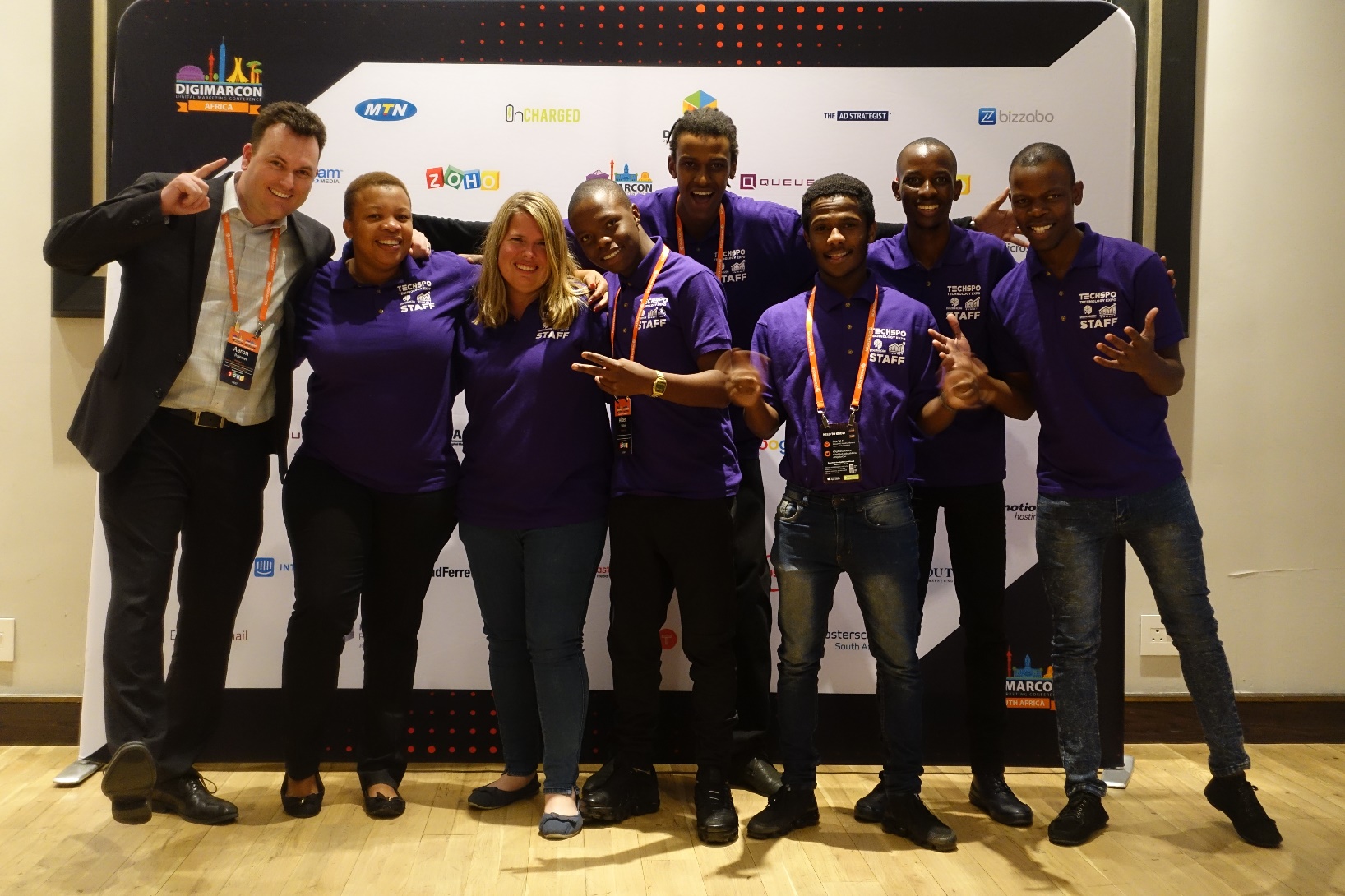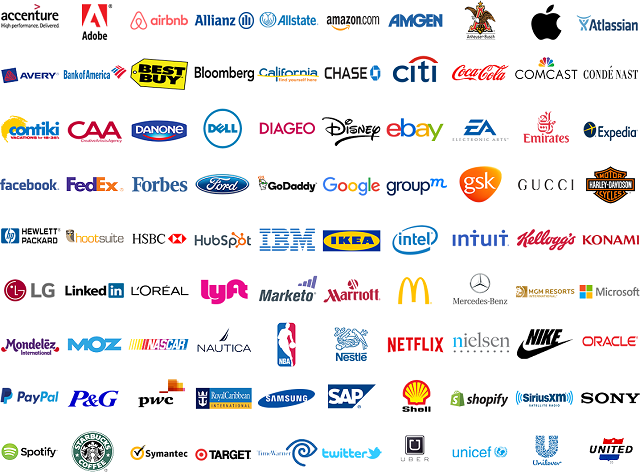Boost Your Business with a Winning Social Media Strategy
In today’s world, having a strong online presence is key for businesses. It helps them reach more people and connect with their audience. A good digital marketing plan keeps businesses ahead and helps them meet their goals.
To succeed in digital marketing, you need to know your audience well. Then, create content that speaks to them. By using the best channels and strategies, businesses can boost their online presence and grow.
Key Takeaways
- Develop a robust online presence to expand your reach.
- Create a well-crafted digital marketing plan to achieve your marketing goals.
- Understand your audience to create resonating content.
- Leverage the right channels and tactics to drive business growth.
- Stay competitive in the digital landscape with a winning digital marketing approach.
Understanding the Importance of Social Media Strategy
A good social media strategy is now a must for businesses to succeed. Social media’s role in shaping business plans has grown a lot. It’s key for businesses to stay ahead in today’s market.
The Role of Social Media in Modern Business
Social media has changed how businesses talk to customers. It’s a place for quick chats and feedback. It’s vital for building a brand, keeping customers loyal, and boosting sales.
- Enhanced Brand Awareness: Social media lets businesses reach many people, making them more known.
- Improved Customer Service: Social media helps businesses serve customers fast and well, making them happier and more loyal.
- Targeted Marketing: Social media lets businesses aim at specific groups, making their ads more effective.
Key Benefits for Your Brand
Having a social media strategy can really help your brand. It builds a strong online presence and opens new ways to engage with customers. The main benefits are:
- More people visiting your website from social media
- Deeper insights into your customers from social media data
- A better brand image from regular and interesting posts
Connection with Your Audience
Social media is great for connecting businesses with their audience. By making content that speaks to your audience, you can build a loyal fan base. Good audience engagement means:
- Knowing what your audience likes and wants
- Making content that’s interesting and relevant
- Talking back to your audience through comments and messages
By focusing on these, businesses can use social media to not just reach but also connect with their audience. This leads to lasting success.
Defining Your Target Audience
Knowing who your audience is key to a good social media plan. You must understand their interests and online behavior. This helps you make content that grabs their attention and works for you.
Identifying Demographics and Interests
To hit your mark, you need to know your audience’s basics. This includes age, gender, where they live, and what they like. This info lets you shape your content to fit their needs.
Key demographics to consider include:
- Age and gender
- Location and language
- Interests and hobbies
- Occupation and education level
Creating Buyer Personas
Creating buyer personas is a big step in knowing your audience. A persona is a detailed picture of your perfect customer. It’s based on real data and helps you make content that speaks to them.
When creating buyer personas, consider the following:
- Their background and demographics
- Their goals and challenges
- Their preferred communication channels
- Their buying behavior and decision-making process
By knowing your audience and making buyer personas, you can craft a content strategy that really talks to them. This boosts audience engagement and helps your digital marketing thrive.
Choosing the Right Social Media Platforms
The first step in making a great social media plan is picking the right platforms. With many choices, this can be tough. But it’s key for boosting your online and digital marketing.
Overview of Popular Platforms
Each social media site targets different people and has special features. For example:
- Facebook is good for reaching many ages and has strong ad options.
- Instagram focuses on photos and videos, attracting younger users.
- LinkedIn is best for B2B marketing and networking.
- Twitter is perfect for quick chats and customer service.
Knowing what each platform does best helps you decide where to put your effort.
Which Platforms Are Best for Your Business?
To find the best platforms for your business, think about a few things:
- Target Audience: Match your social media with where your audience hangs out.
- Content Type: Pick platforms that fit the kind of content you make (videos, photos, text).
- Marketing Objectives: Each platform is good for different goals, like getting more followers or selling products.
By looking at these points, you can make a strong digital marketing plan. This will help grow your online presence and succeed in business.
Setting Clear Goals and Objectives
To make your social media efforts count, you need clear goals and objectives. A well-defined goal acts as a guide for your social media plan. It keeps you focused on what you aim to achieve.
SMART Goals for Social Media
Creating SMART (Specific, Measurable, Achievable, Relevant, Time-bound) goals is key for a good social media strategy. This method makes sure your goals are clear and can be reached within a set time.
- Specific: Clearly state what you aim to achieve with your social media.
- Measurable: Make your goals quantifiable so you can see how you’re doing.
- Achievable: Make sure your goals are realistic based on what you have and what you can do.
- Relevant: Make sure your social media goals match your business goals.
- Time-bound: Set deadlines for when you want to achieve your goals.
Measuring Success: KPIs to Track
To see if your social media campaigns are working, you need to track important KPIs (Key Performance Indicators). These metrics show how well your strategy is doing and where you can get better.
- Engagement Rate: Shows how much your audience interacts with your content.
- Reach: Tells you how many people have seen your content.
- Conversions: Tracks how many people have done what you wanted them to do.
- Follower Growth Rate: Watches how fast your follower count is growing.
By setting clear goals and watching the right KPIs, you can improve your social media strategy. This will help you get better results and grow your business.
Crafting Engaging Content
Making engaging content is key for a good social media plan. It helps get more people talking about your brand. A smart content strategy can really boost your online presence.
To make content that grabs attention, know what works on social media. Videos, infographics, and interactive posts are great. Each type has its own strengths and can fit your brand’s message.
Types of Content that Perform Well
There are many ways to connect with your audience. For example:
- Videos: They’re engaging and easy to share, making complex ideas simple.
- Infographics: These visual tools are both fun and informative.
- Interactive Posts: Polls, quizzes, and contests get people involved and build a community.
It’s important to know what your audience likes to see.
Tips for Creating Shareable Posts
To make content that people want to share, you need to understand your audience. Here are some tips:
- Know Your Audience: Make sure your content matches what they’re interested in.
- Use High-Quality Visuals: Good images, videos, or graphics make your content stand out.
- Keep it Concise: Your message should be clear and to the point.
By following these tips, you can make your content more likely to be shared. This will help you reach more people and make your brand more visible.
A good content strategy meets your audience’s needs. It uses the best content types to boost audience engagement and meet your social media marketing goals.
Developing a Posting Schedule
To get more engagement, it’s key to plan a posting schedule that fits your audience. Being regular on social media boosts your online presence and supports your digital marketing plans.
Frequency and Timing of Posts
Finding the best posting frequency and timing is vital. You want to keep your audience interested without flooding them with too much. Think about these points:
- Look at when your audience is most active to post at the best times.
- Try out different posting rates to see what’s best for your brand.
- Use your social media analytics to tweak your schedule as needed.
Using Social Media Tools for Scheduling
Using social media tools can make scheduling easier, ensuring your content goes live at the perfect time. Some top tools are:
- Hootsuite: Lets you schedule posts on various platforms.
- Buffer: Offers analytics and scheduling tools to boost your strategy.
- Sprout Social: Has a wide range of tools for scheduling, analytics, and more.
With these tools, you can keep a steady social media strategy and better your digital marketing results.
In summary, a well-thought-out posting schedule is crucial for a strong social media strategy. By knowing your audience, using the right tools, and always improving, you can boost your online presence and hit your digital marketing targets.
Engaging with Your Audience
Effective audience engagement is key to a strong social media presence. It’s not just about sharing your message. It’s about starting a conversation and building a community around your brand.
The Importance of Interaction
Interacting with your audience is vital for trust and loyalty. When you quickly respond to comments and messages, you show you value their feedback. This can make your followers more loyal and even turn them into brand advocates.
Social media lets you talk to your audience in real-time. You can quickly solve customer service issues, share updates, and show you’re listening to their needs.
Strategies for Effective Communication
To talk to your audience well, you need to know what they like and tailor your content. Here are some ways to boost your audience engagement:
- Always respond to comments and messages on time.
- Keep up with industry trends and join important conversations.
- Make content that gets people talking, like polls and quizzes.
- Be real and open in your messages to build trust.
Using these strategies can greatly improve your audience engagement and build a loyal community. Remember, keeping your audience engaged is a continuous effort that needs creativity and dedication.
Utilizing Paid Advertising
Social media is changing fast, and paid ads play a big role in marketing. They help businesses reach more people, get more website visitors, and find new customers.
Overview of Social Media Ads
Social media ads come in many types, like images, videos, carousels, and sponsored posts. Each type has its own strengths and can meet different marketing needs. For example, image ads are great for showing off products, while video ads can share a brand’s story or show off a product’s features.
There are many ways to target ads on social media. Businesses can choose who sees their ads based on age, interests, or even lookalike targeting.
Tips for Maximizing Ad Spend
To get the most out of social media ads, it’s important to make your campaigns work well. Here are some tips:
- Set clear objectives: Know what you want to achieve with your ads, like more website visits or sales.
- Target the right audience: Use the targeting options to find people who might be interested in what you offer.
- Optimize ad creative: Keep trying different ad designs to see what works best.
- Monitor and adjust: Watch how your ads are doing and change them if needed to get better results.
By using these strategies and the power of social media ads, businesses can make the most of their ad budget and meet their marketing goals.
Analyzing and Optimizing Your Strategy
To succeed in social media marketing, you must regularly check and tweak your plan. Use tools to watch how you’re doing on different platforms. Then, use the data to make your content and engagement better.
Tools for Monitoring Performance
Many tools help you keep an eye on your social media success. Some top ones are:
- Hootsuite Insights: Gives you detailed analytics on many social media sites.
- Sprout Social: Offers detailed reports on how people interact with your content, who your audience is, and how well your content does.
- Google Analytics: Key for seeing how social media helps your website get more visitors.
These tools let you track important stats like how engaged people are, how many followers you get, and how far your content reaches. By looking at these numbers, you can spot what needs work and change your plan to get better results.
A/B Testing for Continuous Improvement
A/B testing is a great way to make your social media strategy better. It lets you see which versions of a post or ad work best with your audience.
Some things to test include:
- Content Format: See how videos, images, and plain text posts do.
- Posting Timing: Try posting at different times or days to see when you get the most engagement.
- Call-to-Action (CTA): Test different CTAs to find out which one gets the most people to take action.
By always testing and tweaking, you can keep your social media strategy sharp and in tune with what your audience likes.
Staying Updated with Trends and Changes
To stay ahead in digital marketing, you need to be flexible and watch for new trends. The world of social media is always changing, with new updates and rules coming out all the time. Businesses must be ready to change with these updates to keep a strong online presence.
Following Industry News and Updates
Keeping up with the latest news is key. Check out trusted sources for the newest social media marketing trends and updates. Leaders and publications share important insights on what’s working and what’s not.
- Subscribe to industry newsletters and blogs.
- Attend webinars and conferences related to digital marketing.
- Engage with industry professionals on social media platforms.
Adapting to Algorithm Changes
Changes in algorithms can really affect your social media marketing plans. It’s important to understand these changes and adjust your strategy. You might need to change your content or find new ways to connect with your audience.
By keeping up with the latest and being open to change, businesses can keep their digital marketing plans strong. It’s not just about reacting to changes. It’s also about looking ahead and making changes before they’re needed.
Case Studies: Successful Social Media Strategies
Looking at top brands’ social media wins gives us great insights. Brands like Coca-Cola, Nike, and Apple have really made it work. They use cool content, smart ads, and talk directly with their fans.
Effective Approaches
These brands have tried many things. They’ve worked with influencers, run contests, and used data to make ads better. For example, Coca-Cola’s “Share a Coke” campaign made bottles with popular names. It got people talking on social media.
Key Takeaways
What can we learn from these successes? First, know who you’re talking to. Second, make content that grabs attention and matters. And third, use paid ads to reach more people. By doing these things, you can really connect with your audience and meet your business goals.
FAQ
What is the importance of having a social media strategy for my business?
A social media strategy is key for businesses to grow online. It helps them connect with their audience and stay ahead in the digital world. It also aids in reaching marketing goals and boosting business growth.
How do I define my target audience for social media marketing?
To define your target audience, look at demographics and interests that match your brand. Create buyer personas to tailor your content. This way, you can better engage with your audience online.
Which social media platforms should I focus on for my business?
Choose social media platforms based on your audience and goals. Sites like Facebook, Instagram, Twitter, and LinkedIn have different features and users. Pick platforms where your audience is most active for effective marketing.
What are SMART goals, and how do they apply to social media marketing?
SMART goals are Specific, Measurable, Achievable, Relevant, and Time-bound. They help focus your social media strategy. By setting SMART goals, you can measure success and make data-driven decisions.
How often should I post content on social media, and what is the best timing?
Post frequency and timing depend on your audience and the platform’s algorithms. Be consistent and use scheduling tools. Try different frequencies and timings to see what works best for your audience.
What types of content perform well on social media, and how can I make my content shareable?
Content like videos, infographics, and interactive posts do well on social media. Make your content engaging, informative, and fun. Use compelling visuals, ask questions, and encourage interaction to increase shareability.
How can I measure the success of my social media campaigns?
Track KPIs like engagement rates, follower growth, and conversions to measure success. Use analytics tools for insights. This helps you optimize your strategy and improve ROI.
What is the role of paid advertising in a social media strategy?
Paid ads on social media can greatly increase your reach. Targeted ads help you reach specific audiences, drive traffic, and boost conversions. Set clear goals, target the right audience, and monitor ad performance to maximize your spend.
How can I stay updated with the latest trends and changes in social media?
Stay updated by following industry news, attending webinars, and joining online forums. Be agile and adjust your strategy as needed. This ensures your social media strategy stays effective and adaptable.





































No comments